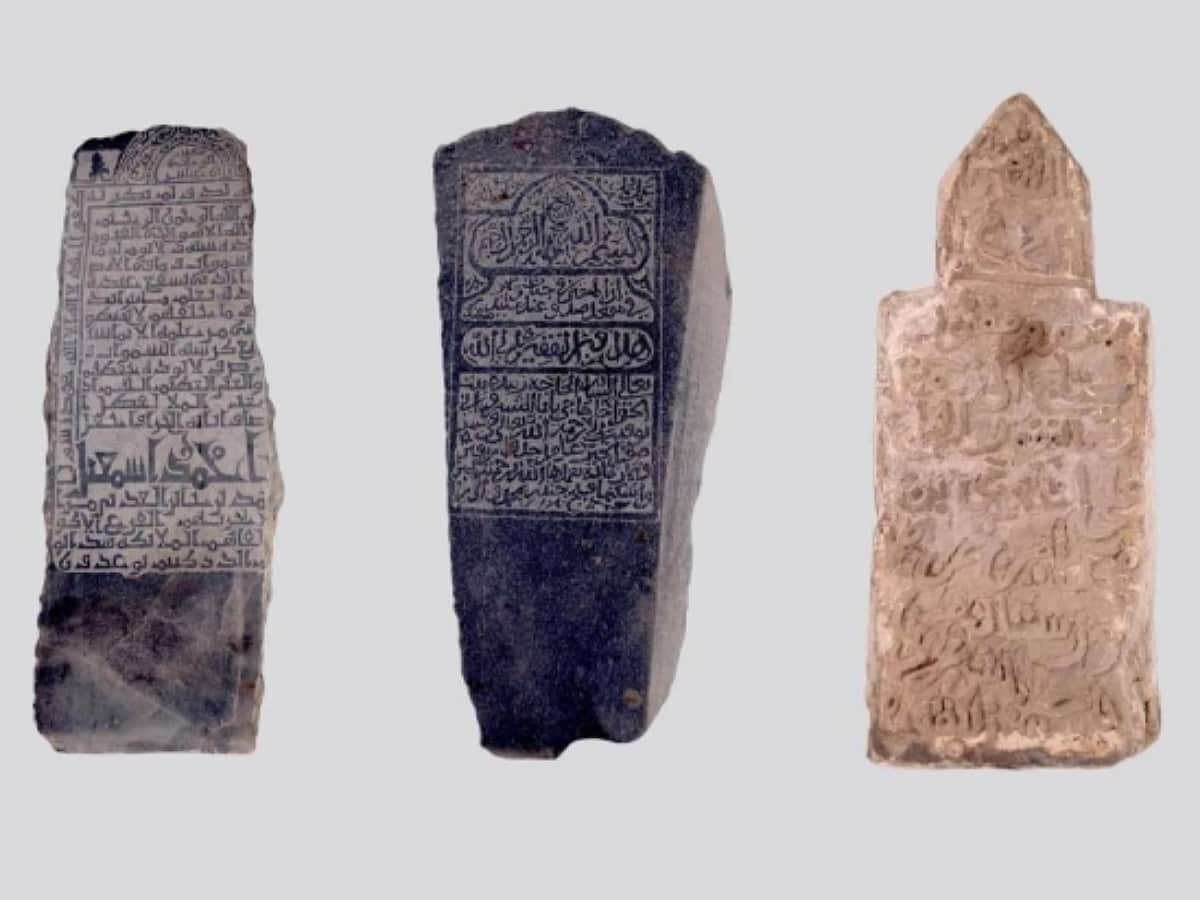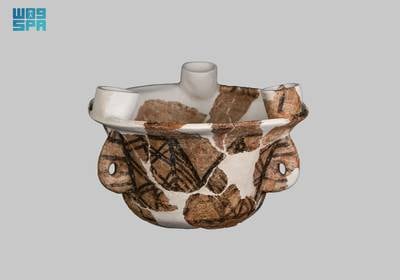
Riyadh: The authorities in the Kingdom of Saudi Arabia (KSA) have announced the discovery of 25,000 fragments of artefacts dating back to the era of the Islamic caliphates in Jeddah.
The Jeddah Historic District Programme and Saudi Arabia’s Heritage Commission have discovered artefacts dating back to the first two centuries of the Islamic Hijri calendar, corresponding to the 7th to 8th centuries AD.
The discoveries are part of the Historic Jeddah Revival Project, initiated by Crown Prince and Prime Minister Mohammed bin Salman.
The project aims to preserve national antiquities, uncover the Kingdom’s rich history, and promote historic Jeddah as a cultural and tourist destination in line with Saudi Vision 2030.
The project, initiated in January 2020, involved exploratory studies and a geophysical survey to uncover the historical significance of four key locations, the Saudi Press Agency (SPA) reported.
Discovery locations
- Al-Kidwah
- A segment of the Northern Wall
- Al-Shona
- Othman bin Affan Mosque
Archaeological findings include
- 11,405 pottery shards weighing 293 kg
- 11,360 animal bones measured at 107 kg
- 1,730 shells at 32 kg
- 685 building materials weighing 87 kg
- 187 glass artefacts weighing 5 kg
- 71 metal artefacts at 7 kg
Archaeological findings at Othman bin Affan mosque reveal artefacts from the 7th to 8th centuries, including Ebony pillars from Ceylon, indicating the city’s extensive trade connections.
Excavations at the same site also unveiled a collection of ceramic vessels and fragments, including high-quality porcelain.
Here’s a look at the artefacts






Some pieces were made in the Chinese province of Jiangxi and date back to between the 16th and 19th centuries, while older pottery fragments were from the Abbasid era.
Al Shona’s 19th-century archaeological site has uncovered numerous pottery shards, including porcelain and ceramic from Europe, Japan, and China, dating from the 19th to 20th centuries.
The excavations at Al-Kidwah, known as Bab Makkah Gate, have revealed parts of the Eastern Moat, likely dating back to the late 18th century.
Tombstones made of Mangabi stone, marble, and granite were found at different locations within historic Jeddah.
The tombstones are believed to contain inscriptions of names, epitaphs, and Quranic verses, possibly dating back to the second and third centuries.
The archaeological studies at four historical sites involved excavations, radiocarbon analysis, soil analysis, geophysical surveys, and scientific examination of artefacts.
International laboratories identified and dated wood samples from 52 buildings, while extensive archival research collected over 984 historical documents, including maps and drawings of historic Jeddah.



